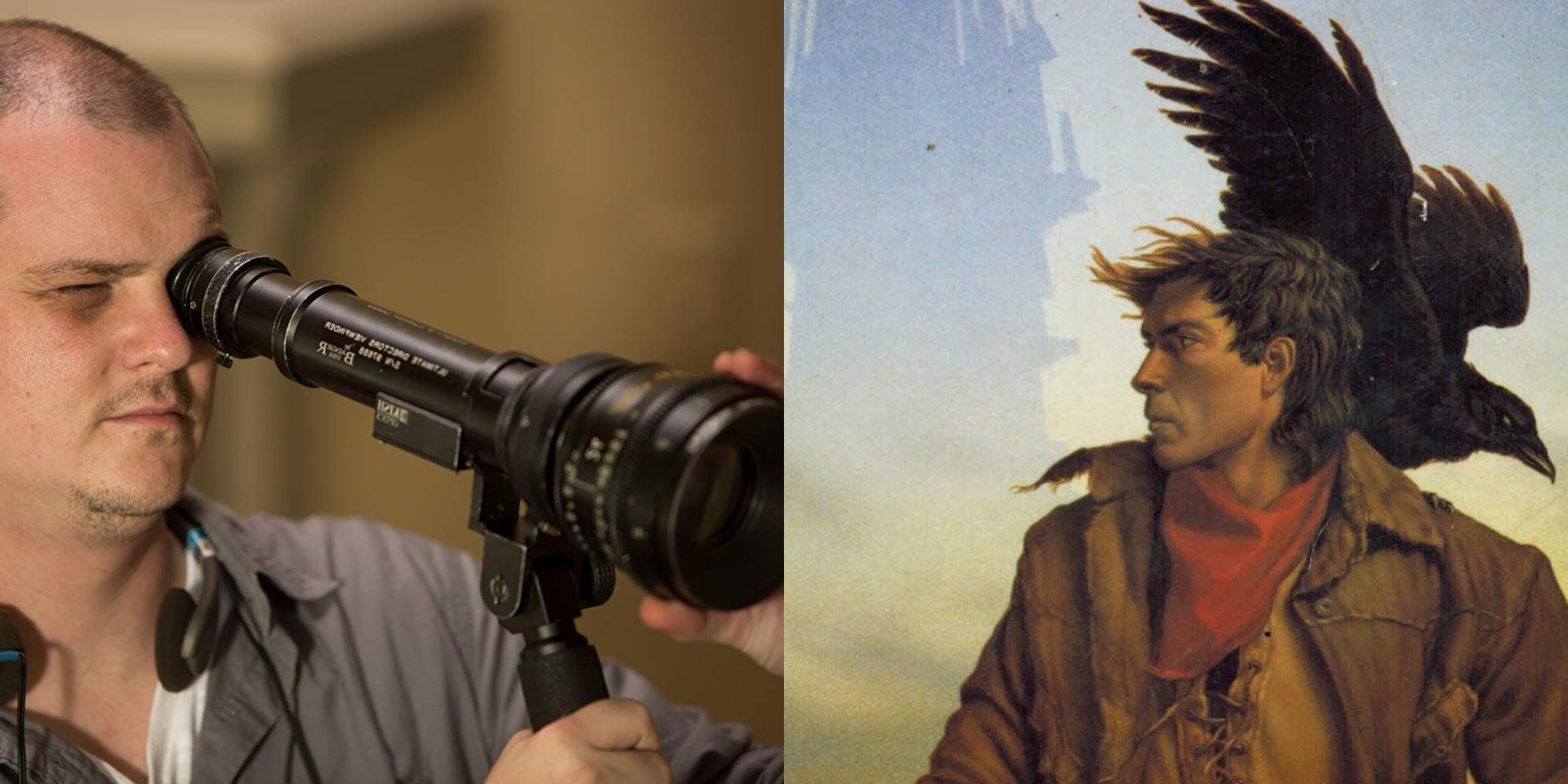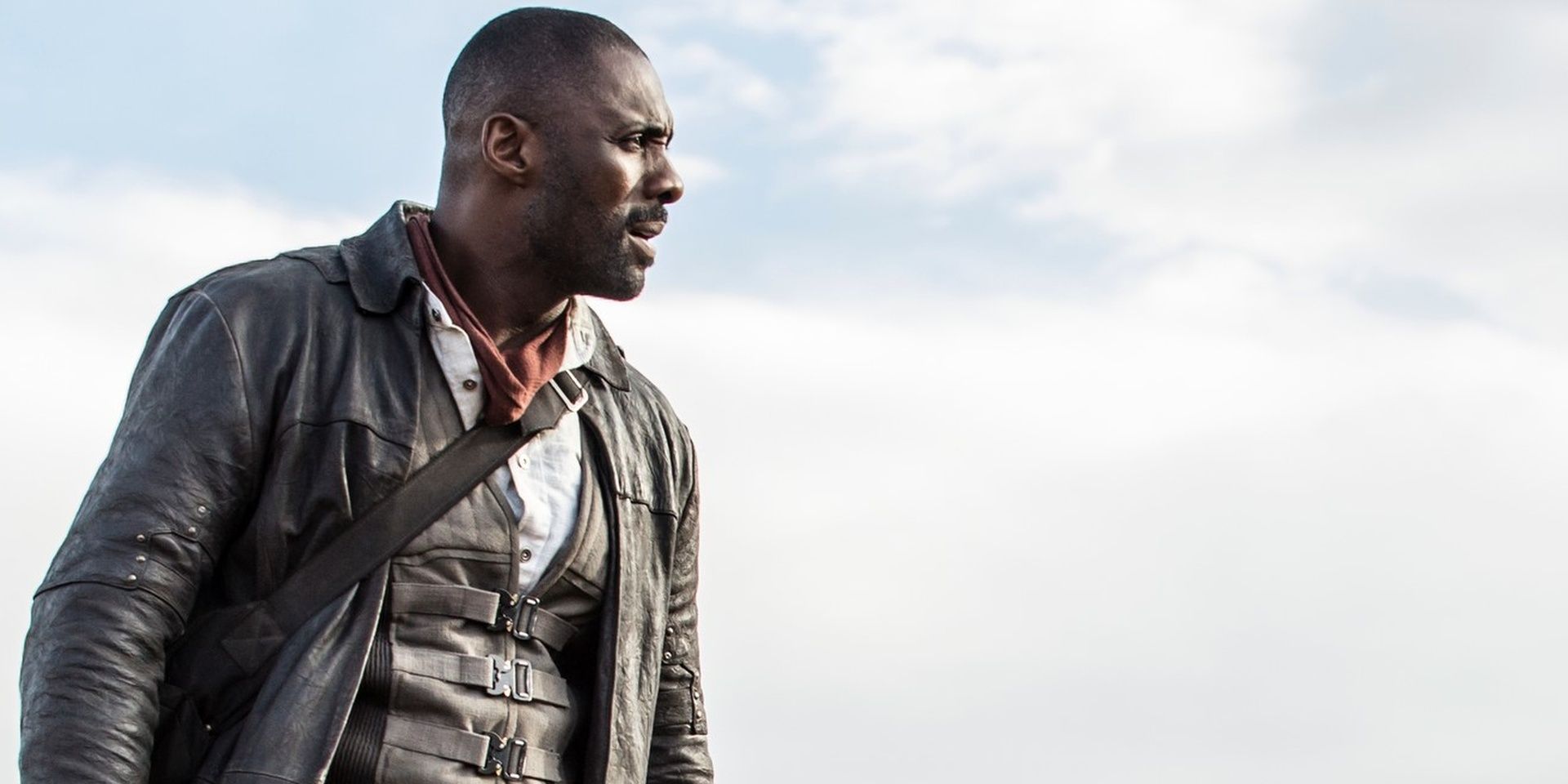Mike Flanagan has made a name for himself over the last several years with his accurate and atmospheric literary adaptations. From The Haunting of Hill House, The Haunting of Bly Manor, and the upcoming The Fall of The House of Usher to his adaptations of several Stephen King stories such as Gerald's Game and Doctor Sleep, Flanagan has proved he is more than adept at translating difficult horrors to the screen.
With his successful previous adaptations of King's work, it is hardly surprising that he has been tasked with another adaptation from the ubiquitous author. This time, he has an epic, some say unadaptable, story to bring to life. The Dark Tower has already had a few failed adaptations, which is unsurprising due to the sheer expanse of source material and deep lore to draw from. Let's look at the mammoth task that Flanagan has ahead of him and explain Stephen King’s sprawling fantasy series.
King began The Dark Tower series in 1982 with the first novel The Dark Tower: The Gunslinger. The story would eventually become a series of eight novels, a short story, and a children's book. It would also branch off into comic books, tie-in books, and even video games. It is safe to say that The Dark Tower universe is expansive, but the core story is simple. Roland Deschain is part of an order of knights of sorts known as Gunslingers. He is also the last and a descendant of Arthur Eld, the equivalent of King Arthur in The Dark Tower's universe. Roland is possessed by a quest to reach the titular Dark Tower and to get revenge for past wrongs.
That is the seed of the story. The series is filled with deep layers of mythos and world-building, including its own language King calls "High Speech" and a prevalent presence of magic in the world. The series is primarily influenced by a Robert Browning poem called Childe Roland to the Dark Tower Came. In the poem, Roland searches for the Dark Tower and has been searching for so long that he no longer feels even joy at the prospect of finding his way, merely a grim determination. As well as drawing from the poem, King also took inspiration from fantasy epics like Lord of the Rings and Arthurian legend along with others.
The Dark Tower itself is said to be a meeting point of all the different universes, a plot point that allows for the series to tie into the greater universe of King's works. Most prominent is Randall Flagg, the plague spreading greater evil of the King universe who facilitated the events of The Stand who also appears in Eyes of the Dragon, Gwendy's Button Box, and Hearts in Atlantis. Referred to as The Man in Black, Flagg takes on many identities and acts as the emissary for The Crimson King, the true overarching villain of the series. The Crimson King wants to topple the tower, which is the pin holding all the universes together. His ultimate goal is to rule every possible world and thing in chaos.
On his journey, Roland finds allies in a group of people that are eventually referred to as the Ka-Tet of the Nineteen/Ninety Nine. In King's High Speech, "ka" means destiny or fate, and so Ka-Tet means a group of people bonded together by destiny. Roland comes across his first ally in the first book, a boy named Jake who was killed in his world and appeared in Roland's. Jake joins Roland for a time, but Roland ultimately sacrifices Jake for his quest.
In the second book, The Dark Tower II: The Drawing of The Three, Roland finds doors that lead to different time periods in New York City. He finds drug addict and smuggler Eddie through a door labeled The Prisoner, and a woman called Odetta through a door labeled The Lady of Shadows. Odetta has a Dissociative Identity Disorder but is unaware of her second, much more violent personality Detta. During the course of the second book, Odetta reconciles with her alternate personality and ultimately becomes a new cohesive personality named Susannah Dean.
The three of them also find a door labeled The Pusher. This door leads to Jack Mort, a sadist who lives to maim and kill random strangers. It is revealed that he is the cause of Susannah losing her legs, and that he is the one that killed Jake. Roland inhabits Jack's body, stopping him from pushing Jake into traffic. This action reverberates through time and space, leading to a paradox. If Jake wasn't killed, he couldn't have traveled with Roland. It causes a fracture in both their minds as two realities co-exist.
The Dark Tower series is a twisting, winding journey that is difficult to summarize. There are stories within stories where Roland recounts his past to his Ka-Tet, and thus the readers, which explains his complicated motivations. There are Wizard of Oz parallels, including an Emerald City and a character named Tick-Tock. There is a bookstore owned by a man named Calvin Tower in the other world that is linked to the Dark Tower of Roland's world and contains books like Salem's Lot, which describe encounters with people the Ka-Tet have encountered. The questers even cross over into our world and meet Stephen King, who is a conduit for the story of The Dark Tower and whose finishing of the story directly influences the Ka-Tet's quest.
The series hangs on the cyclical nature of people, time, and space. It is an epic dark fantasy that incorporates horror, science fiction, and Arthurian archetypes into one gigantic spinning wheel that doesn't end. The sheer amount of world-building required in order to convey the complexity of the story and universe King created with The Dark Tower makes an adaptation extremely difficult. A TV series was piloted but ultimately abandoned in 2018 after the film adaptation starring Idris Elba and Matthew McConaughey flopped in 2017. Previously dubbed unadaptable, with The Dark Tower in Mike Flanagan's hands there's a greater chance than ever of the universe being accurately depicted on screen.


